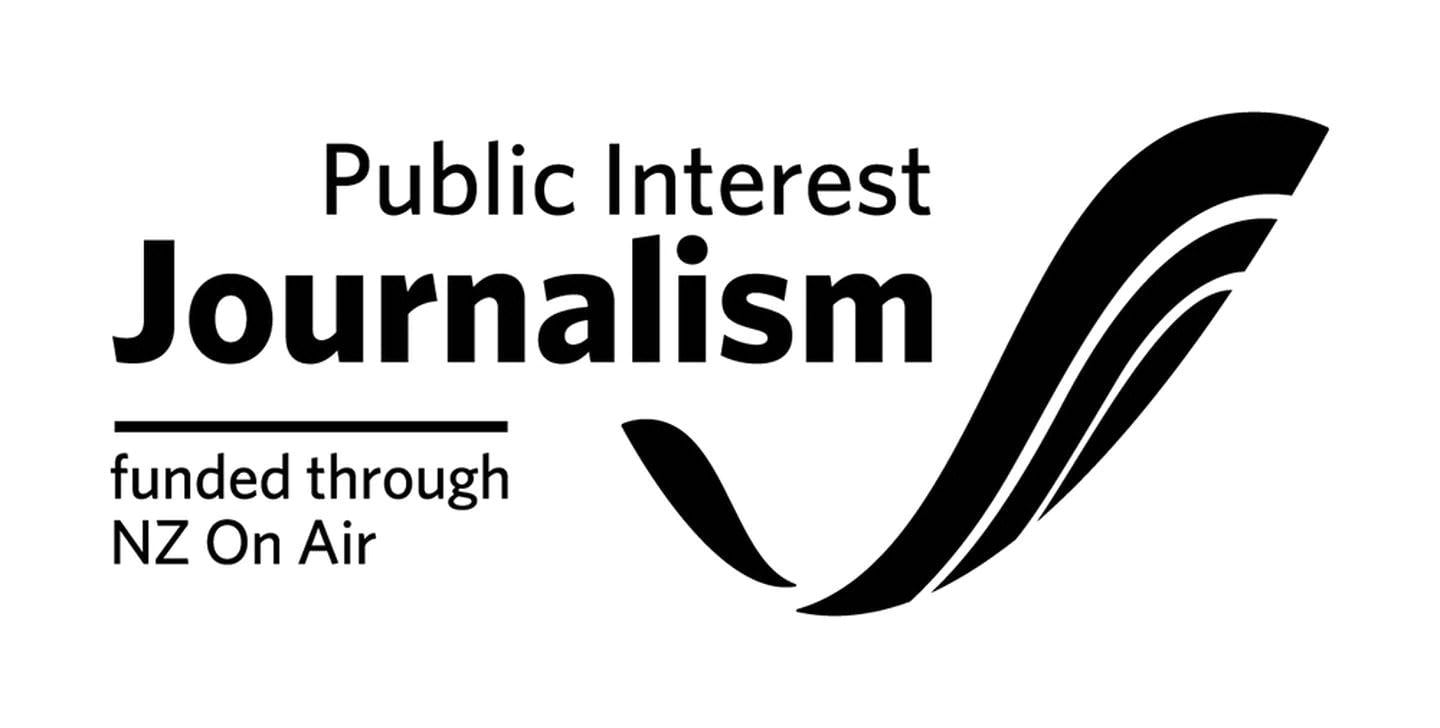Some traditional Māori tattooists are concerned about the lack of respect being shown by recipients of tā moko.
They say they are being underpaid or not paid at all.
For many who are full-time artists and put in long hours and even days to complete tattoos, it’s becoming a financial burden. Tohunga tā moko, Mark Kopua, who has had a career in the art form spanning the best part of 40 years says he has had many instances where clients have failed to pay, hand over “IOU’s” or pay in the form of food.
He says it has forced some artists to become stern in their demand for upfront payments and explain why artists need to be paid for their time, skills, and to cover their own expenses.
“Ehara noa i te mea ka hokona pea ngā taonga, engari kei te hoko pea ko te taima o te ringa tā, ko te taima e noho māwehewehe te ringa tā i āna tamariki, i tana hoa wahine i tōna whānau whānui tonu kia tutuki ai ngā hiahia, ngā wawata o te kaiwhiwhi.”
Paying for time
(It’s so they can understand they aren’t necessarily paying for the tā moko as such. Rather, they are paying for the time of the artist, paying for the time that the artist is away from their children, partners and whānau in the process of fulfilling the desires of the recipient.)
Kopua says Māori are increasingly seeking to adorn their skin with the traditional markings of their ancestors and are also seeking more intricate pieces that make their sit times with the artists longer and more demanding.
“Ka mutu ana tēnā mahi, a he awhi noa te utu, e tama, akuni pea ka whati te tangata mehemea ka haere pēnā tonu. Ka whati tonu te wairua o te ringa tā.”
(When that work is complete and all there is to show for it is a hug, geez, eventually something will have to give. And that could be depressing for the artist.)
Kopua raised the issue in a Facebook post at the weekend without the intention of starting a wide discussion. However, the reception to the post has done just that, with people across Aotearoa sharing their experiences, while also offering support and solutions for artists.
“Me pērā tonu tātou i tēnā moka, i tēnā moka me wherawhera tonu nei ngā whakaaro kia pērā. Me te āta manaaki i te ringa tā e kaha nei ki te whakatutuki tēnā āhuatanga, tēnā wahanga taonga tuku iho a o tātou mātua tīpuna kia ora ai.
Could be lost again
(We need to keep these discussions going across the country to bring the issues to the fore. We need this to look after our artists who are bringing the ancient art form back from the brink.)
“Ki te kore hoki e manaakitia tērā ringaringa e kaha nei ki te whakarauora i tēnei taonga, ka memeha anō tēnei taonga.”
(If we don’t look after the artist who is working hard to revitalise these treasures, they will once again be lost to us.)
Kopua says it is important that iwi and hapū are involved in these discussions around how tā moko will be treated within their rohe.



